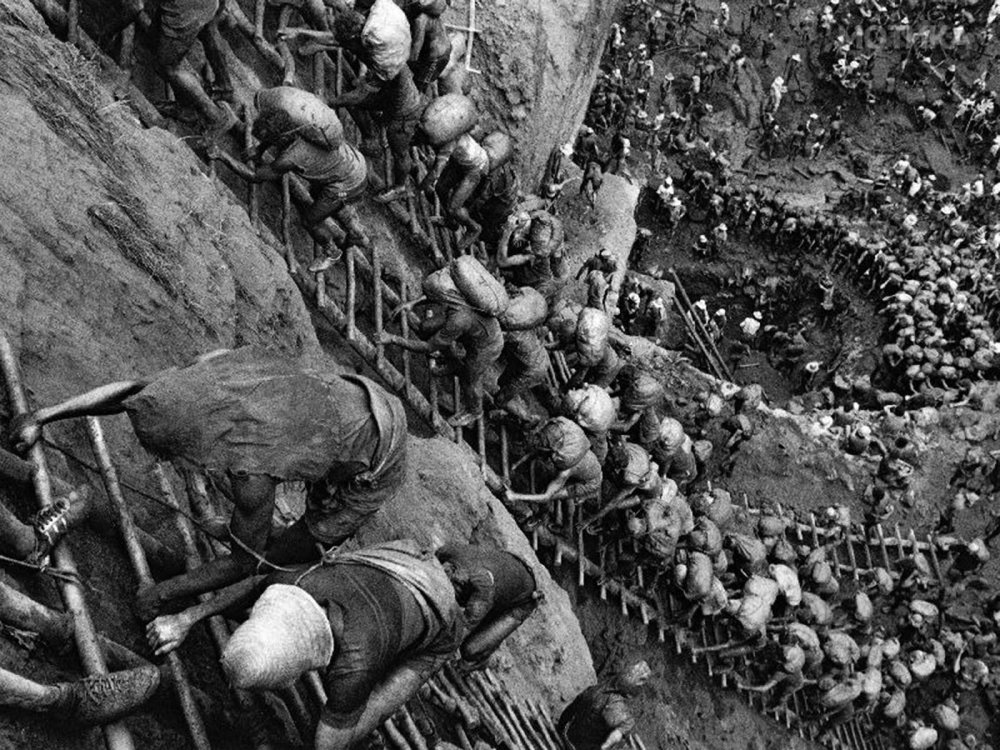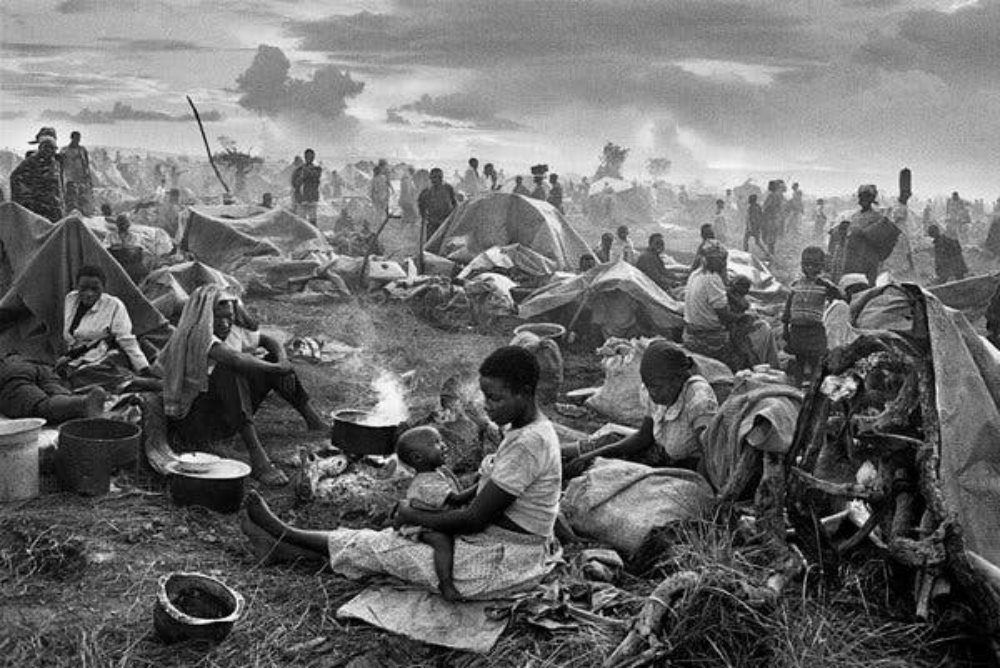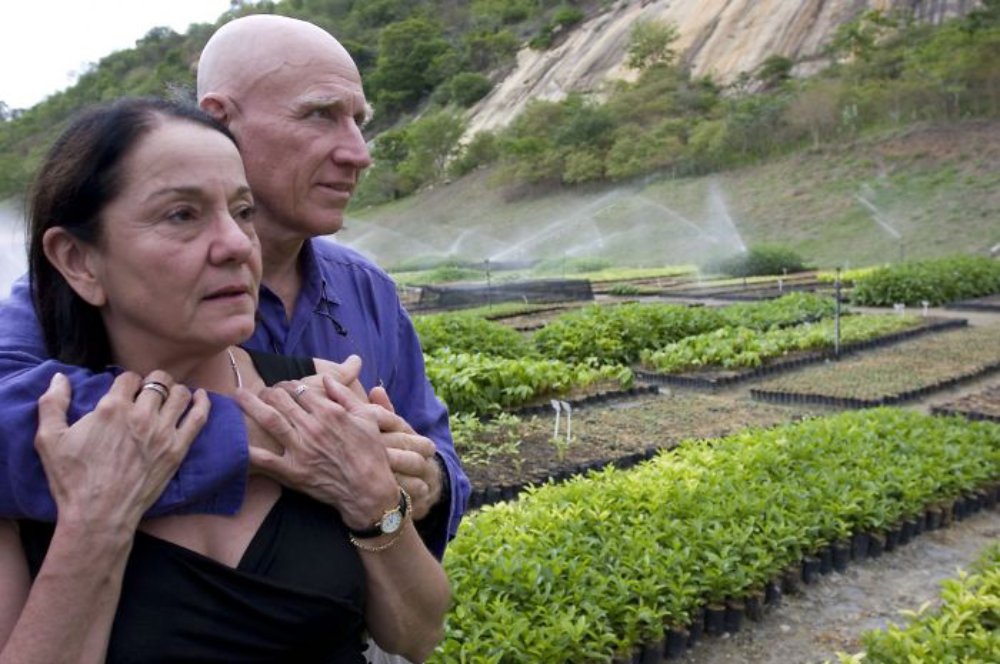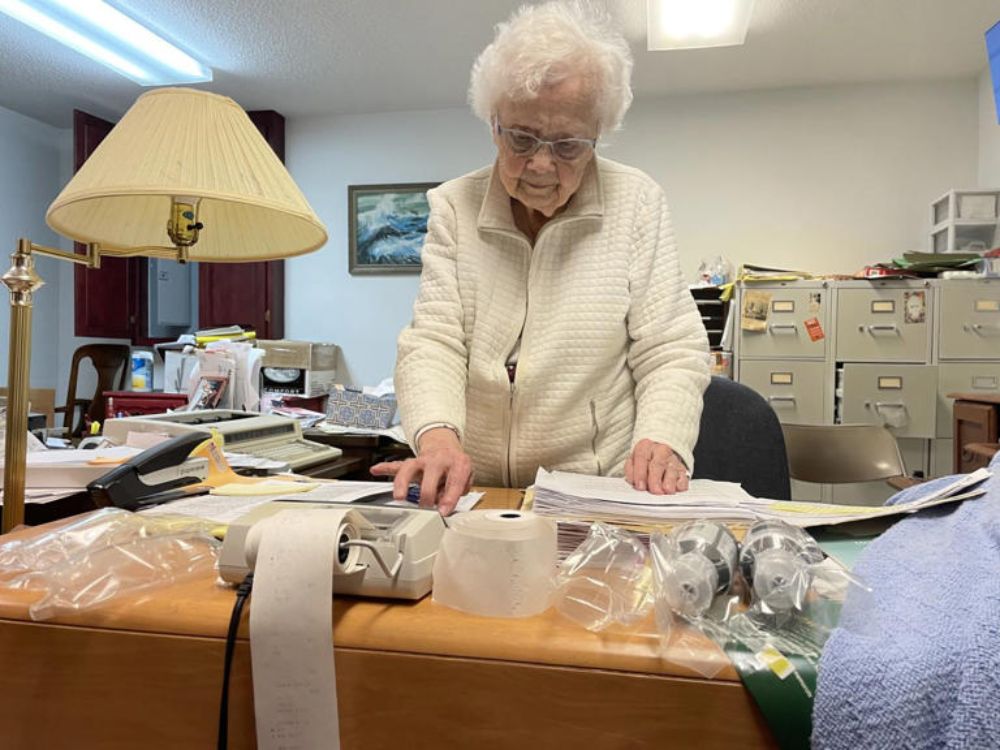1994年,在巴西出生的紀實攝影師塞巴斯蒂昂‧薩爾加多(Sebastião Salgado)返回米納斯吉拉斯州(Minas Gerais)的故鄉,接收一個由家族擁有的農場。
當時,薩爾加多剛在東非完成盧旺達種族大屠殺的報道工作,身心俱疲。在醫生建議下,他決定停下腳步,離開記錄人性暴行的議題,讓自己休息一下。
然而,薩爾加多回到兒時記憶中的熱帶森林,幾近面目全非。在他的童年時代,農場所處的河谷被森林覆蓋,他父親的農場很大,自給自足,有30多個家庭在那裡生活,他們種植大米、玉米、番茄、馬鈴薯、甘薯和水果等,也飼養上千頭牛。
他說:「這片土地和我一樣生病了,一切都被摧毀。只有大約0.5%的土地還有樹木覆蓋。」這種境況讓他警覺到巴西和許多歐美國家一樣,為了發展而摧毀許多雨林以及身邊的一切。
薩爾加多的妻子蕾莉亞(Lelia Deluiz Wanick Salgado)建議他們重建這個森林。夫婦二人招募合作夥伴和募集基金,在1998年創設了非牟利組織「地球研究所」(Instituto Terra),致力改善生態環境,開始重建雨林。
自1999年以來,薩爾加多夫婦和「地球研究所」的工作人員不斷地種樹。至今已經種植超過200萬棵樹,重建了一座面積廣達700公頃的森林,讓附近環境完全改觀。
據統計,現時這座森林有273種各類植物、172種鳥類、33種哺乳類動物、15種爬蟲類動物和15種兩棲類動物,其中有很多已經瀕臨絕種。曾經一片荒地變成綠意盎然的森林,恢復了原來的生態環境。

薩爾加多形容他與森林一起重生,療癒了自己也是療癒了大地。他說:「所有的昆蟲、鳥類和魚類都回來了。由於樹木的增加,我自己也重生了──這是最重要的時刻。」
薩爾加多是當代最著名的紀實攝影大師之一。他1944生於巴西北部小鎮艾莫勒(Aimores),自少立志要成為一名經濟學家。薩爾加多1969年在聖保羅大學獲得經濟學碩士學位後,在倫敦的國際咖啡組織(International Coffee Organization)任職經濟師,經常前往非洲公幹,因而接觸到攝影,發覺攝影為他的人生帶來更多喜悅。1973年,他放棄了穩定工作,成為一名自由攝影師。
薩爾加多足跡遍佈全球,以他的鏡頭描繪人類的苦難以至生態的破壞。1986年,他發表了塞拉佩拉達(Sierra Pelada)巴西最大金礦的採金工人的系列照片,奠定了他作為當代紀實攝影大師的地位。1991年,他拍攝了海灣戰後數百座油田大火造成的生態災難。之後,他也拍攝了以世界各地的移民為主題的《流離(Exodus)》系列,和有關地球自然生態景觀的作品《創世紀(Genesis)》。

2014年,德國導演雲‧溫德斯(Wim Wenders)和薩爾加多的兒子朱利安奴(Juliano Ribeiro Salgado)拍成了一齣有關他的紀錄片《世上的鹽(The Salt of the Earth) 》(或譯《薩爾加多的凝視》),獲得康城影展特別獎。
現年76歲的薩爾加多還未有停下來,他繼續通過他的作品和重建森林計劃實踐人道關懷,像世上的鹽,淨化和警醒世人。




